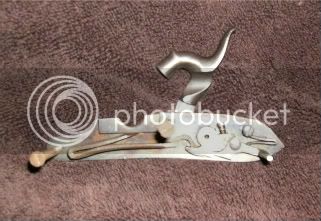Brian Heap
40 Cal.
- Joined
- Apr 1, 2015
- Messages
- 157
- Reaction score
- 8
I have a traditions .50 caliber Kentucky rifle I build from a kit years ago, and am wanting to reduce the trigger pull, it's pretty hard. I've lost the darn instructions, so am not sure how to take it apart and get it back together. Also reduce the trigger pull. does someone know how I can do this without getting in trouble? Sure appreciate the help.







